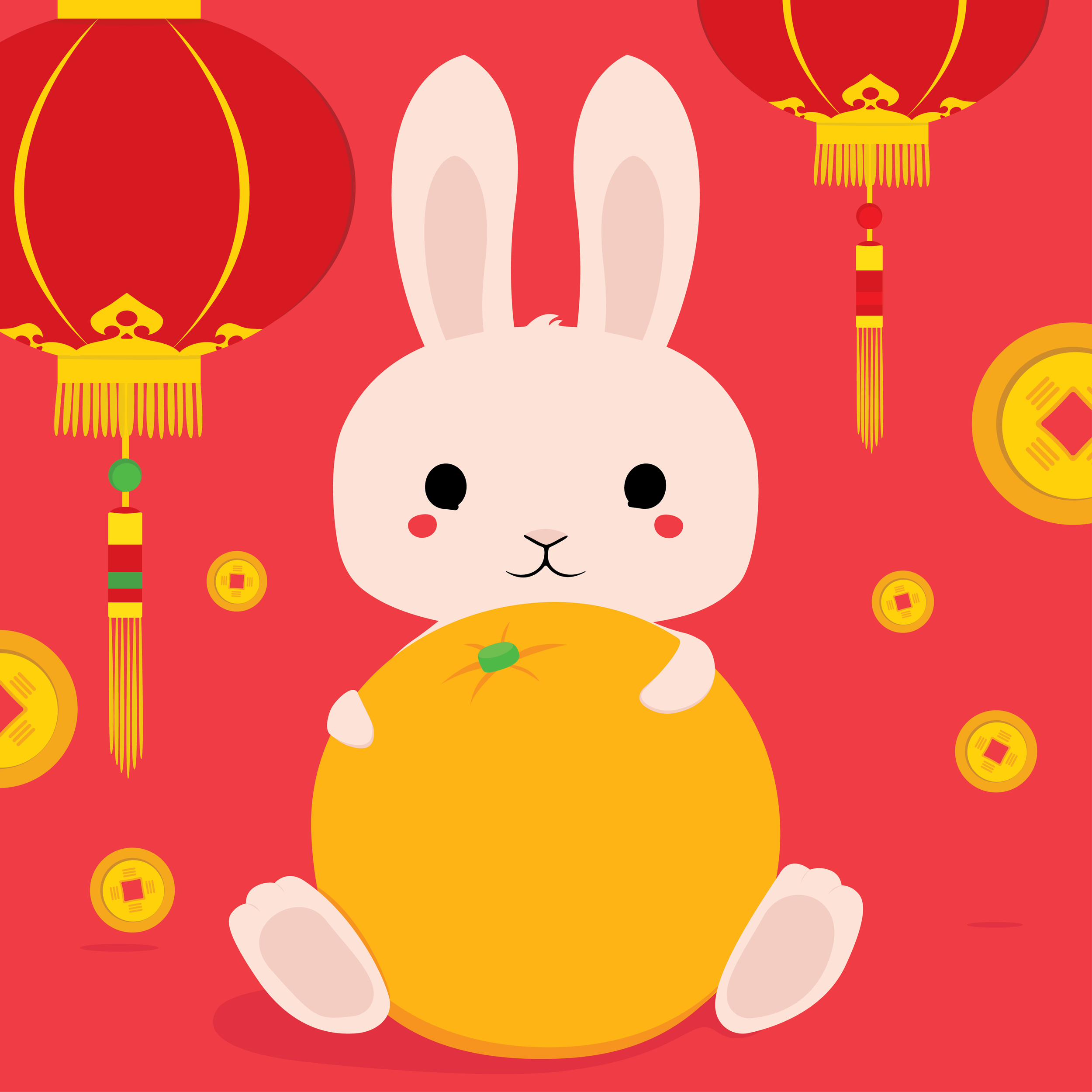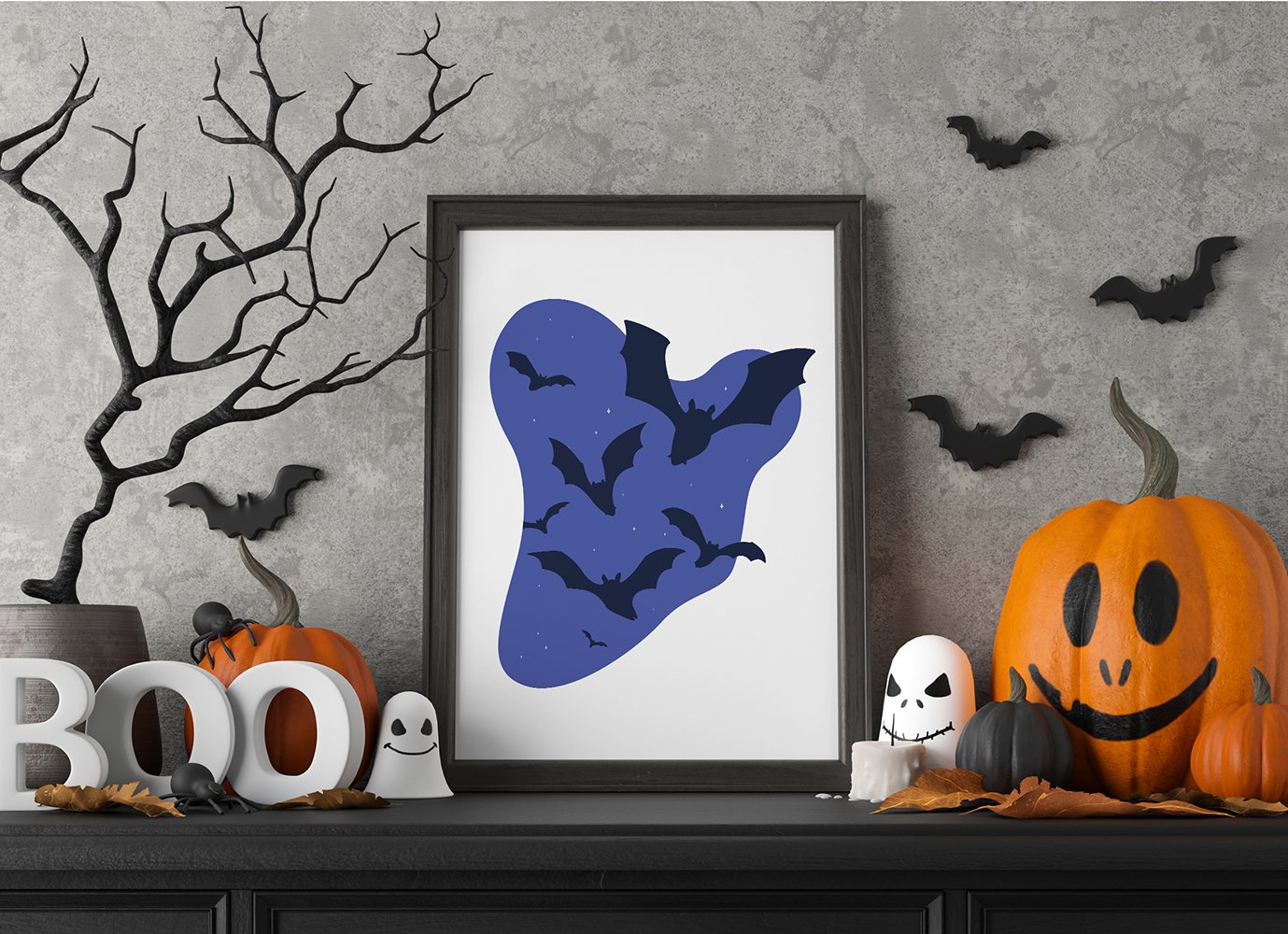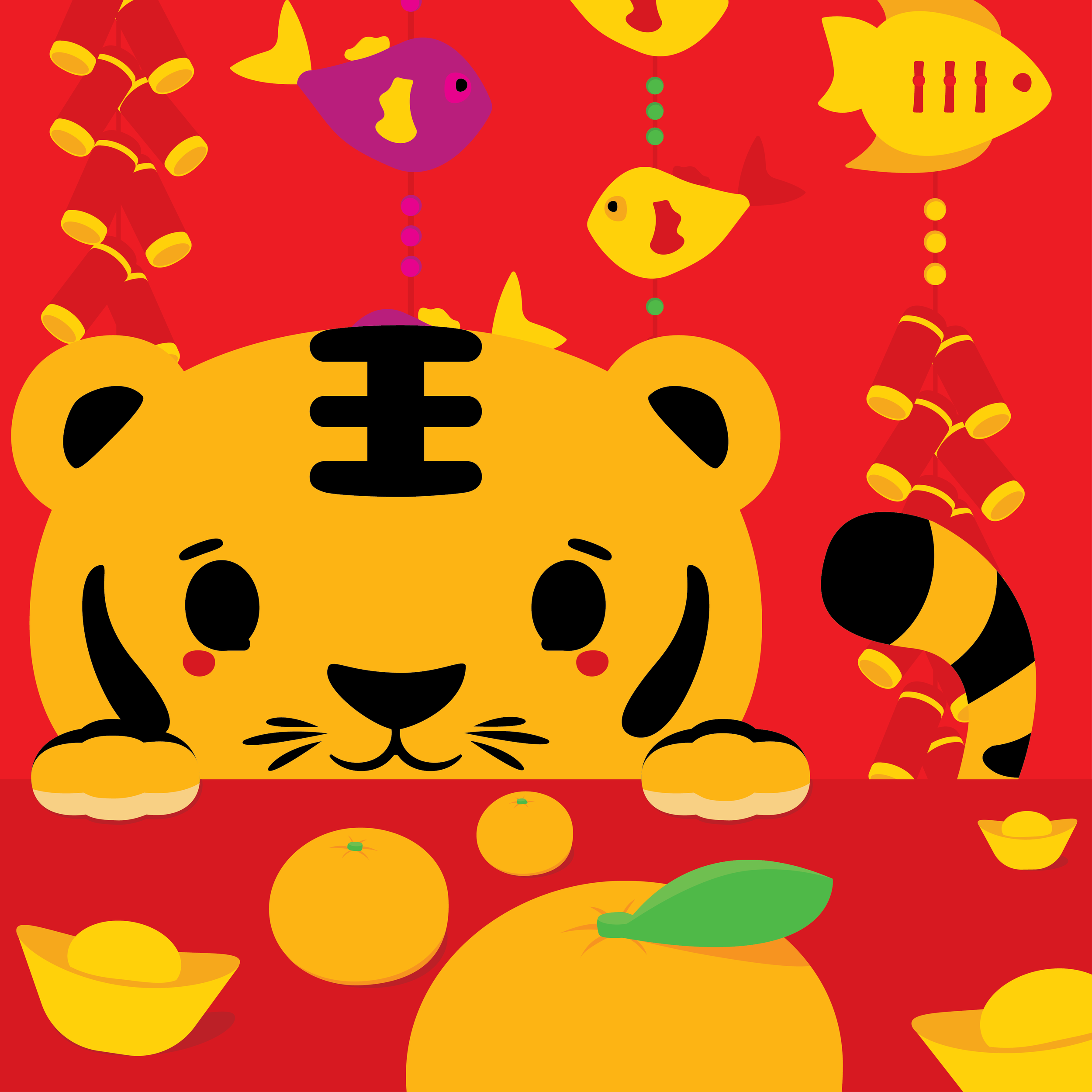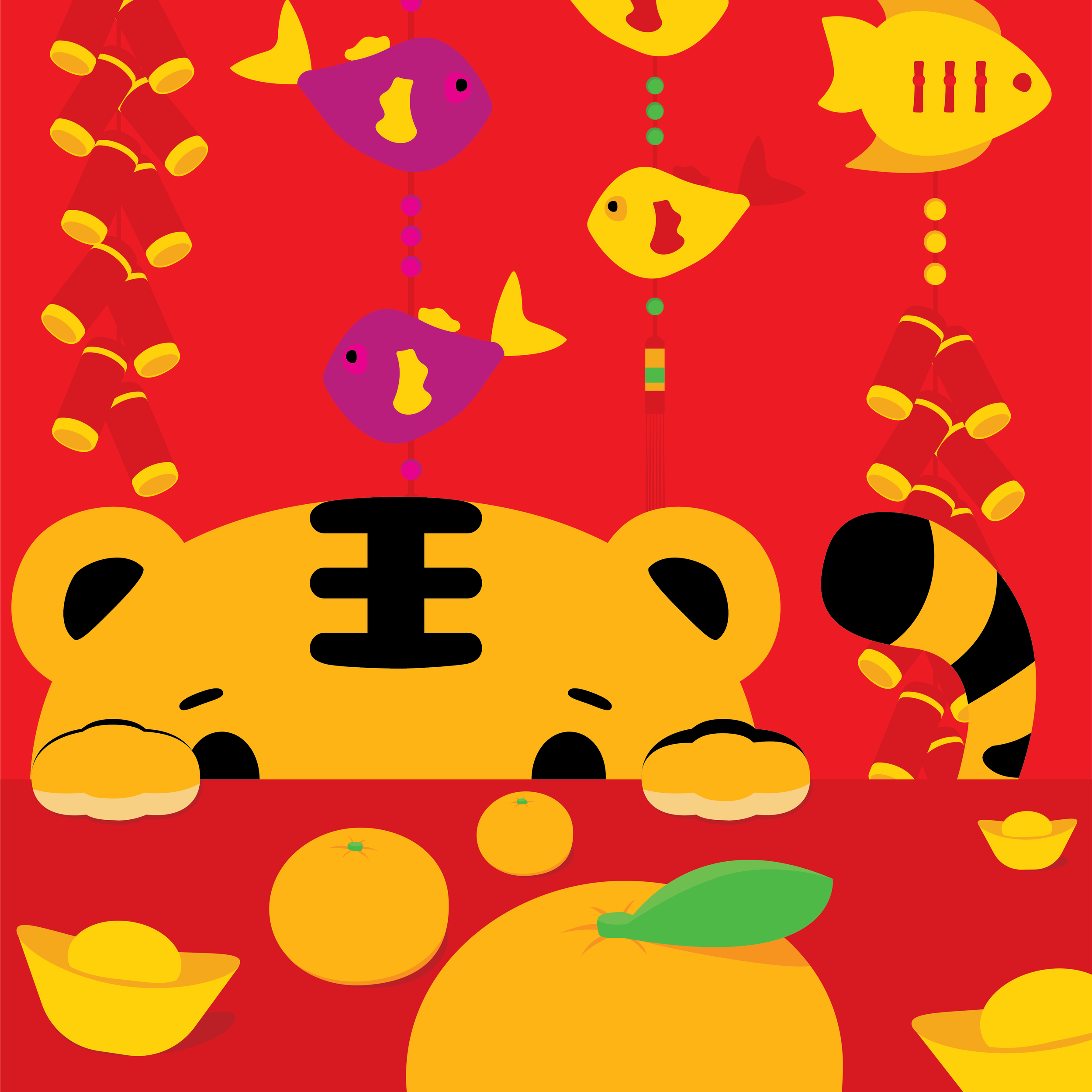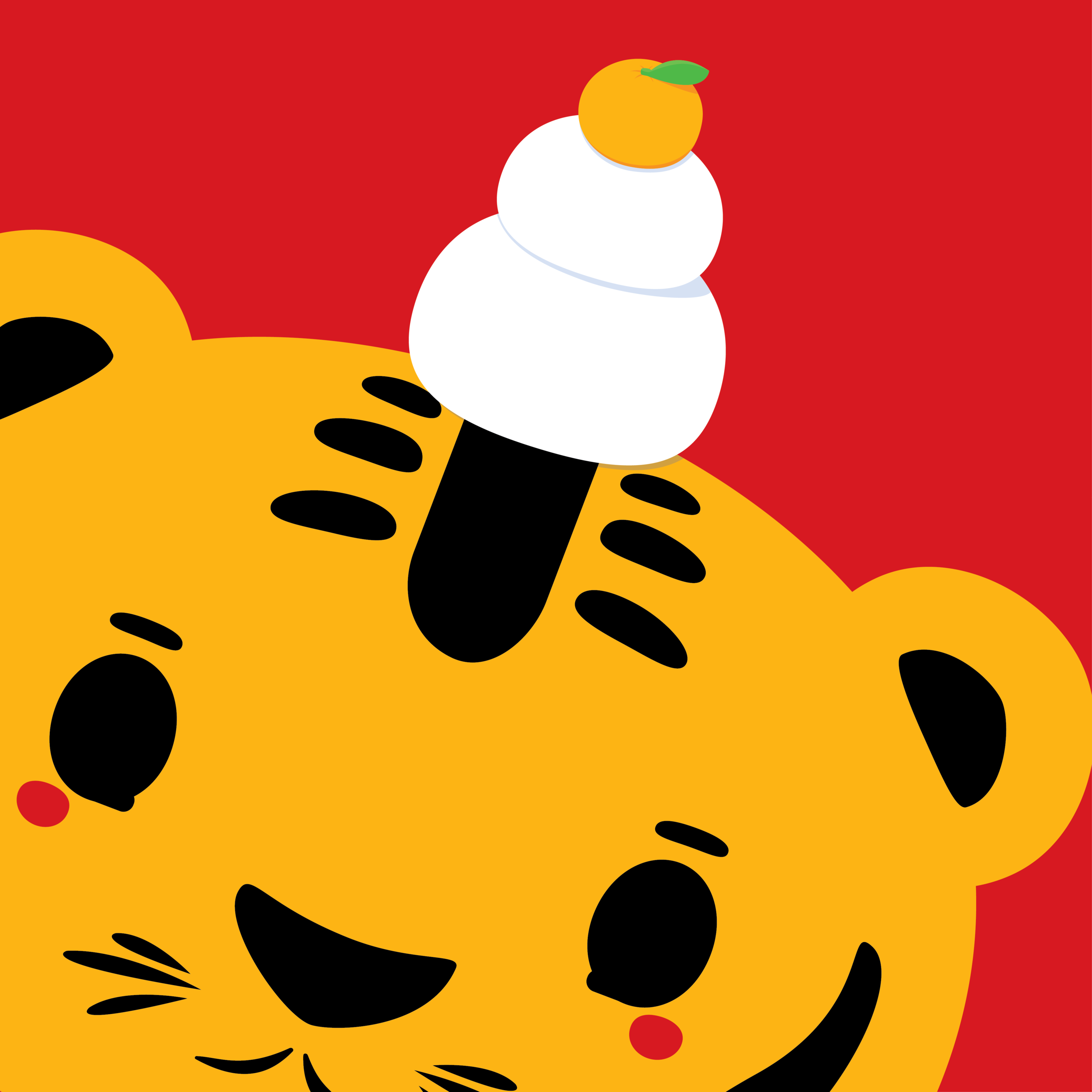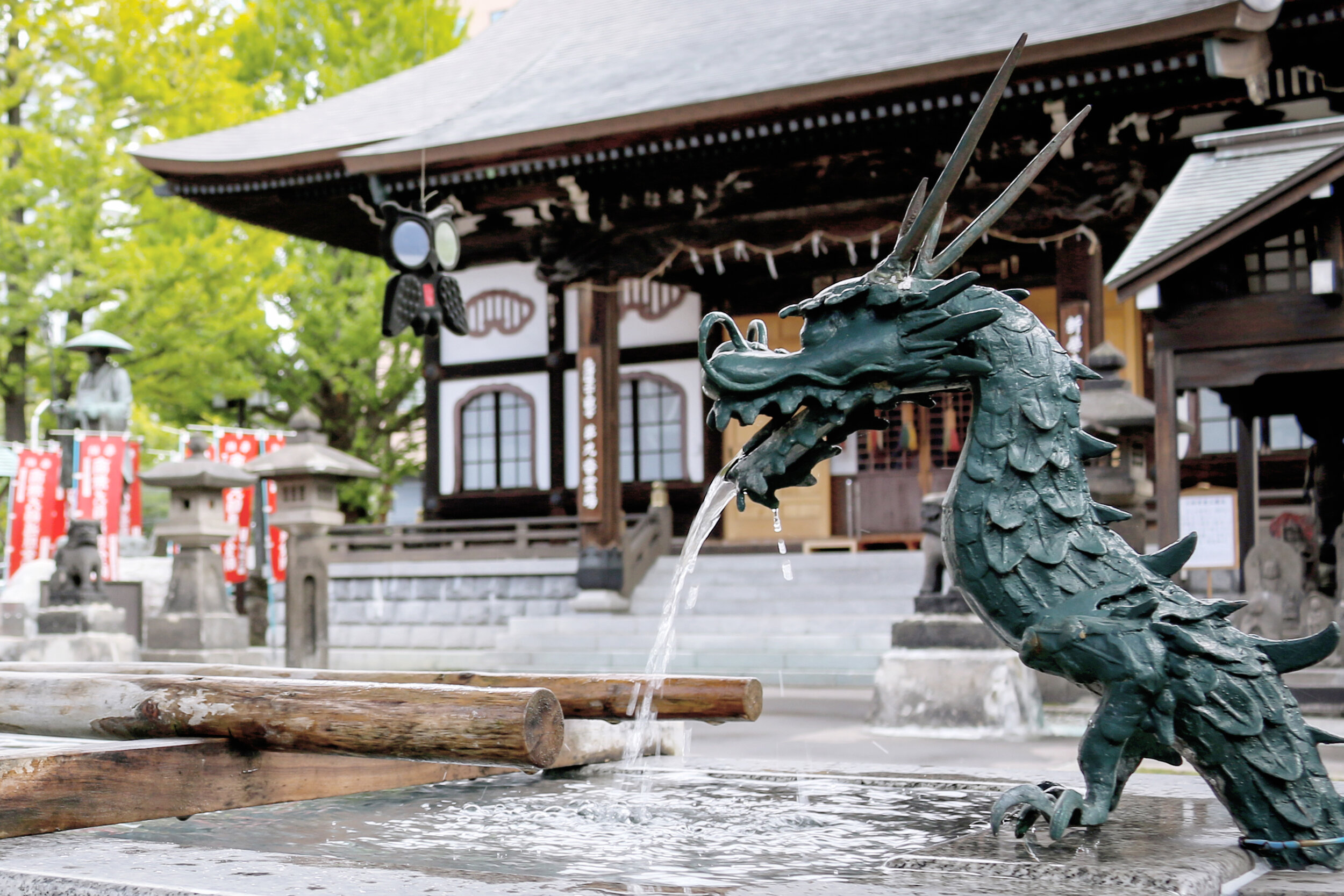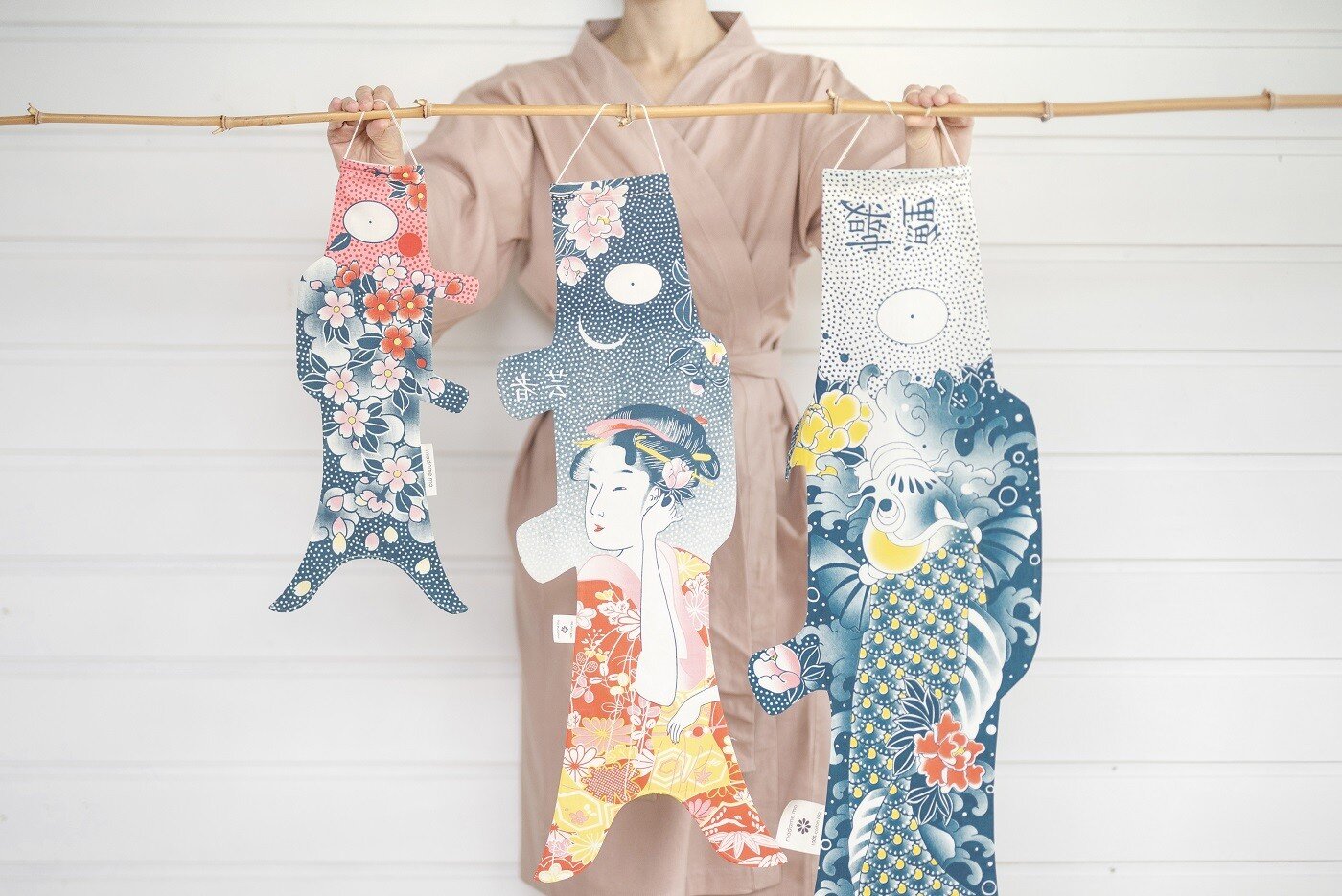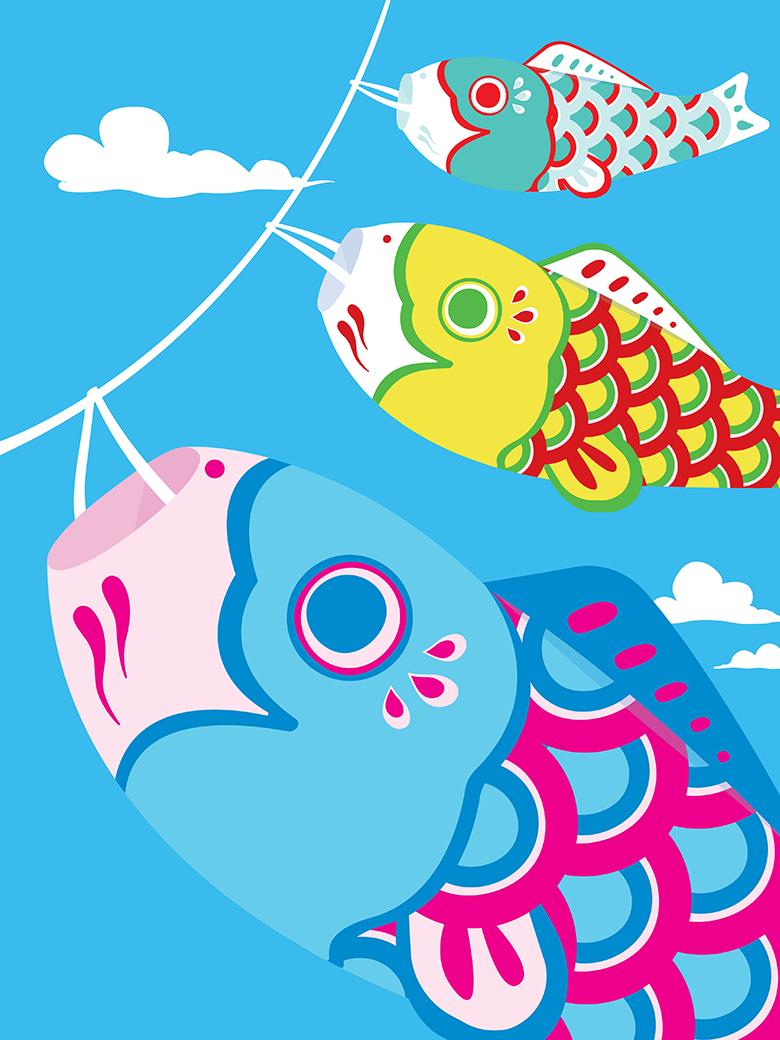Happy Lunar New Year! The new year of the Water Rabbit ushering in harmony and hope. The Spring Festival of good fortune and prosperity.
The gentle rabbit, the fourth of the 12 Chinese zodiac signs, is kind, elegant and patient and is a symbol of hope and longevity. The water element associated with this year makes it a Black Rabbit year, for in traditional Chinese culture, the water is thought to be black. Water also means fortune. And with a leap month added to the lunar calendar, 2023 is considered a year of double fortune. So this year will bring about hope, peace, calmness, prosperity, and a chance for us to take a step back and calmly realign ourselves with our goals and carefully plan for the steps required to achieve them. After all, “goals are dreams with deadlines,” and this year happens to be an opportune time for making our dreams happen.
Luckily, the year of the Water Rabbit is expected to be favourable for most zodiac signs. And to cash in on all that luck, we must celebrate and do things that gain us extra fortune credits. Deck the halls in red, oranges and bunnies, dress in red or your lucky colours, feast on lucky foods, and don’t forget to share the love with red packets. Let’s all have an auspicious Lunar New Year!

